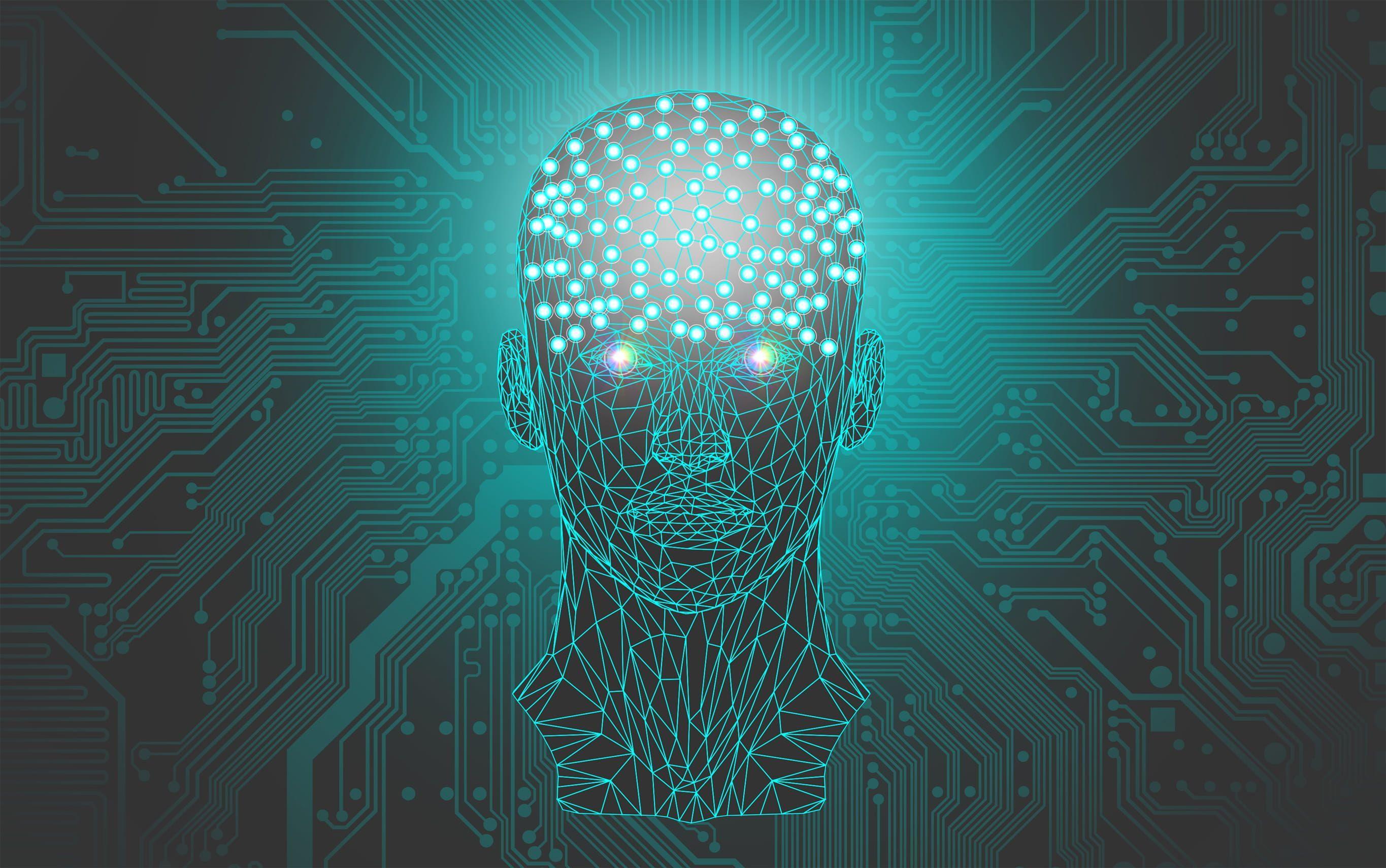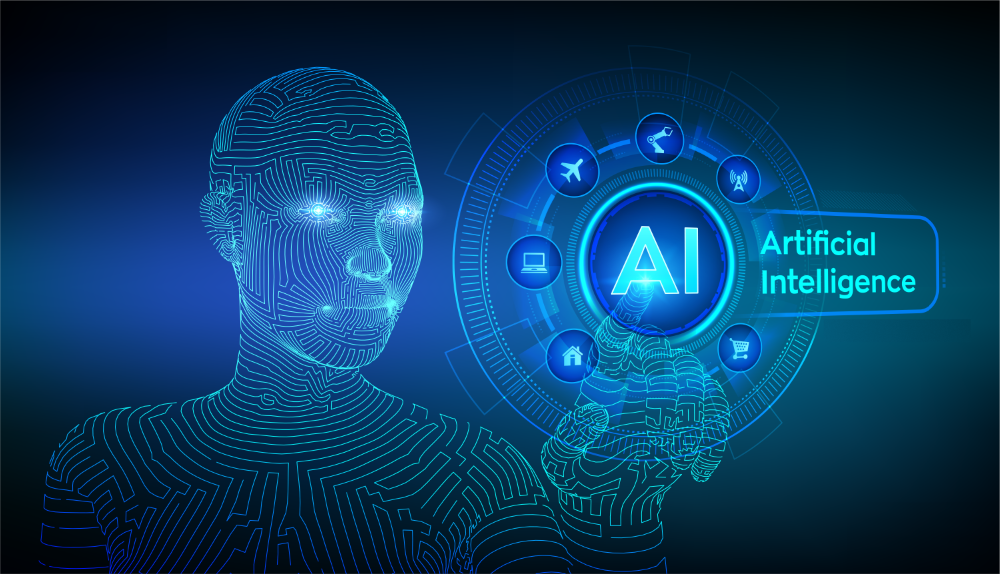Table Of Content

Netflix is already using augmented intelligence systems to translate artwork personalization and localization of show banners into multiple languages. The system “reads” the master version, and the personalized and localized graphics are rapidly produced. All a designer has to do is check the graphics, approve or reject, and if necessary manually adjust them—a massive time-saver. With AI, new relationships will need to be established between customer and product. These interactions will be just the beginning of the ongoing conversation between business and consumer about what artificial intelligence can, and should be able to do for products and services. Designers will bring the necessary empathetic context for innovation, which is how a business will succeed with AI.
Learn To Take Advantage of AI
One of the most significant advantages of AI in website design is its ability to automate repetitive tasks. AI-powered design tools can generate layouts, select color schemes, and even suggest typography based on predefined criteria and user preferences. This automation not only saves time but also empowers designers to focus on more creative aspects of the design process.
Artificial Intelligence (AI) How Does AI Work? - Autodesk Redshift
Artificial Intelligence (AI) How Does AI Work?.
Posted: Thu, 11 Apr 2024 00:22:32 GMT [source]
Across the industry, architects are embracing a new partner in their creative pursuits: artificial intelligence.
This emerging technology has a variety of exciting and frightening uses. AI programs make it easy to pretend to be someone else or pass off AI content as your own. On top of that, the ethics of sentient AI will be a hot topic in various fields as the technology advances. Artificial intelligence has already improved technologies like voice recognition and language translation. Even still, AI has shown even more potential and some surprising new applications.

Create AI persona with a pre-trained model
With AI-powered systems in place, businesses can create designs tailored to individual consumers. Personalised design means consumers receive custom-made products and services that suit their preferences, increasing consumer satisfaction and loyalty. In fact, according to a study conducted by Accenture, 80% of consumers stated that they are more likely to shop with brands that offer personalised products.
Best AI Tool for Generating Design Alternatives
This enables them to make strategic design decisions based on the consumer's needs, creating appealing and functional designs. Narrow AI refers to systems tailored for specific, well-defined tasks within a limited scope. Examples of narrow AI models are common in our daily lives, from voice recognition tools like Siri or Alexa to recommendation algorithms powering platforms like Netflix and Spotify. Chatbots assisting with customer service on websites and specialized image recognition software in facial recognition or medical imaging analysis are also instances of narrow AI.
As AI continues to advance, we can expect its profound impact on design thinking to continue. This leaves room for designers to just concentrate on strategic and creative aspects. Ideally, embracing AI’s potential in design thinking will lead to more harmonious collaboration between AI and human designers, reshaping traditional approaches and creating new applications for the future. The design thinking framework increases the odds of creating useful products by connecting a team with real users and guiding their work to solve those users’ problems.
Can AI Carry On a Designer's Legacy? - The Business of Fashion
Can AI Carry On a Designer's Legacy?.
Posted: Tue, 30 Jan 2024 08:00:00 GMT [source]
With artificial intelligence, simulation software makesengineers’ jobs easier, improves production processes,and spurs innovation. According to Thomas McCarthy, CEO of No. 41-ranked design firm Page, digital whiteboarding has amplified the design firm’s collaboration capabilities internally and with extended project teams. “It pulls people together quickly, regardless of their location,” he says. Let's Enhance stands as a testament to the power of AI in image editing and restoration.
Best AI Tools for Designers 2024
Popular tools for design optimization include Google Optimize or Optimize. These are useful for A/B testing because they facilitate conducting experiments. Another handy tool is Crazy Egg, which generates heat maps or scroll maps to provide valuable insights into user interactions. These tools empower designers to make data-driven decisions and continuously improve the design to meet user needs effectively. Whether you’re a seasoned graphic designer, UI/UX designer, web designer, or just getting your feet wet, AI design can help you take your work to the next level.
For instance, furniture design involves various factors such as size, shape, and material that must be considered to meet functional requirements while ensuring customer satisfaction. With AI, advanced analytics can analyse design specifications and past designs to find gaps and improve future designs. This enables the creation of functional, aesthetic designs that meet the requirements of both end-users and creators. AI in architecture is also limited by fundamental economic and selection-bias dynamics that affect the quality of data these applications draw on. AI algorithms are limited by how much data they have to learn from—in architecture, this data can be proprietary, which creates a disincentive to share it with potential rivals working on their own AI applications.
Parafin uses parametric-iteration AI to balance program, cost, and commercial viability. The research began about five years ago, stemming from a conversation Xu had with Xia on how to advance AI and mobile optics together – mobile AI – to improve health care, Xu explained. Approximately 8.2 million Americans suffer from chronic wounds that stem from a multitude of conditions, including diabetes and major surgery.
More significantly, AI-powered UX design means designers and developers can build a high-quality user interface much faster. As a result, every part of the UX research and design process can be sped up and optimized. Specific AI tools can expedite and streamline the design process, enhancing efficiency.
Discover how to design for AI and how you can incorporate AI tools into your design process in our course, AI for Designers. On the other end of the spectrum is General AI, an advanced form capable of comprehending, learning, and applying knowledge across various tasks—mimicking the breadth of human intelligence. Unlike narrow AI, AGI can reason, problem-solve, adapt, and exhibit self-awareness. The ultimate goal of AGI is to perform any intellectual task that humans can, seamlessly transfer knowledge between domains, and autonomously improve over time. Artificial intelligence tools can enhance the design thinking framework in several novel and surprising ways.

No comments:
Post a Comment